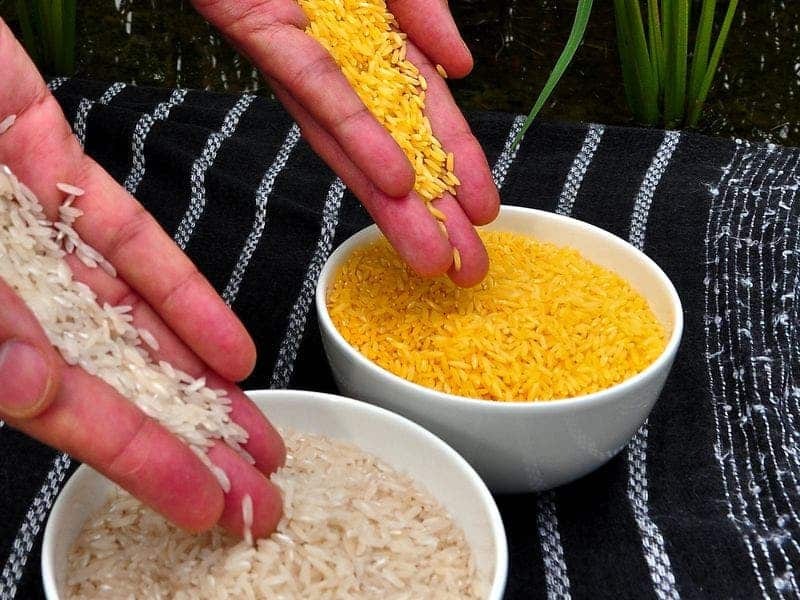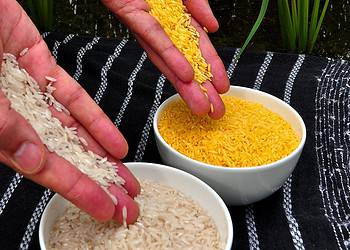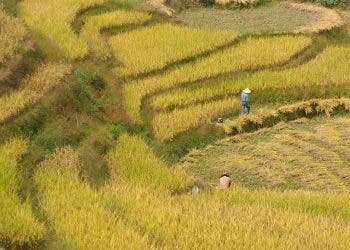In the Philippines, a country of over 100 million people, almost half of the children are suffering from vitamin A deficiencies. This nutrient-rich golden rice has the potential to change all that.

Genetically Modified (GM) foods (sometimes GMO) are still a highly controversial topic. The technology has the potential to revolutionize our food systems, but the public is overwhelmingly against it. However, studies have shown that, if the process is carried out properly, GMO’s offer little reason for concern.
Some places, however, are more receptive than others — and the Phillippines is a good example. GMO corn is already transforming farmers’ lives in the country, as the GMO strain is much more resistant to pests, which would often wreak havoc into plantations.
Now, another emblematic modified crop will enter the stage in Phillippines: rice.
According to a thorough national report, golden rice is just as safe for consumption as regular rice. This comes as no surprise, as several scientific reports had already reached the same conclusion.
“This is a victory for science, agriculture and all Filipinos,” member of congress Sharon Garin said in a statement.
The Philippines is one of several lower-income countries with widespread vitamin A deficiency — a dietary condition that affects the immune system and can cause a series of chronic conditions, including blindness. Every year, this deficiency kills over half a million children worldwide, largely because they don’t consume enough beta-carotene. This problem is particularly prevalent in countries where the local diet greatly relies on rice and features few other legumes.
Golden rice has the potential to make a huge impact here — a single portion carries more than half of the daily requirement, which can make all the difference in the world. But while the prototype was unveiled in 1999, few countries have approved it for mass consumption: Australia, Canada, New Zealand, and the United States — all high-income countries with low prevalence of vitamin A deficiency. This lack of wide-scale approval is largely owed to public controversy. Researchers hope that as more and more countries approve this type of crop, the baseless controversy will also be quenched.
The scientific evidence has long shown that golden rice (as well as other GMOs on the market) are safe to plant, process and eat — and more and more governments are starting to understand this. After the Philippines, Bangladesh (a country of 164 million people) is probably next in line.
However, people will have to wait a bit more before they can eat this golden rice. The crop has not yet received the green light for commercial propagation — which is necessary for farmers to plant it in the fields. The International Rice Research Institute, the Philippine-based organization developing the country’s golden rice, plans to submit its application for approval as soon as possible.






